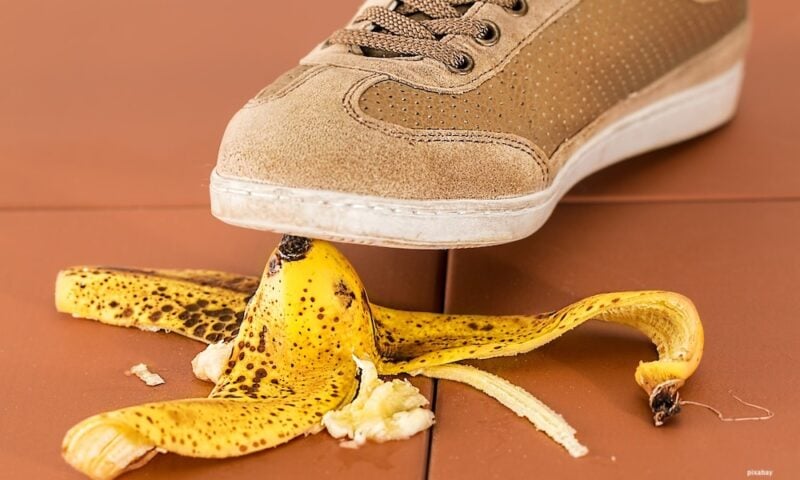Legal
3 Common Workplace Injuries and How to Avoid Them

Throughout 2015 and 2016, men made up 64 percent of serious workplace claims in Australia, while women made up 36 percent. To qualify as a serious workplace claim, the worker must be left incapacitated (making them miss a full week of work or more), and workers’ compensation must accept the claim.
While not all injuries result in a full week of missing work, even the most minor of scrapes can impact your productivity. Here are the three most common workplace injuries to watch out for and how to prevent them.
Injuries from heavy lifting or muscular stress
With 40 percent of time off being attributed to heavy lifting-related injuries or general muscle fatigue alone, this is the number one threat to workers in Australia.
Proper physical health is one way to mitigate the risk here, as well as up-to-date training and supervision. This is particularly crucial for jobs which require physical labour, and employees should always be aware of their bodies and expect their higher-ups to provide them with enough support to stay safe and continue their responsibilities.
Laborious professions with the highest risk of these injuries include the agriculture and construction industries.
Falls and trips
While the labourers have the market cornered on muscle pain, nearly every sector is affected by falls and trips. All it takes is the skip of a step to cause serious, and in some cases, life-changing injuries.
The best way to avoid becoming a victim of this is to pay attention to your surroundings. Be careful to sidestep cables laying out on the ground, or slow down when on uneven flooring.
Wear proper footwear to avoid slipping, as the right amount of traction on your shoes can keep you safe and stable. Help to lessen the chances of you or others getting hurt by continuing your workspace as tidy and clean as possible.
Being hit by moving objects
This sounds like something that could only happen in construction sites or other outdoor professions. Still, since it’s the third most prevalent injury which Australian workers face, it’s clear that it’s affecting more than just the labour sector. For instance, those employed in the foodservice industry are at risk for bumps, bruises, and cuts caused by moving objects.
A fellow wait staff member can come flying through the kitchen door with a full tray of dishes and crash into you if you’re both distracted. A burn can occur trying to grasp a pan that seems to be falling out of an oven or off the top of the stove.
These seemingly insignificant episodes can result in incredible, sometimes even deadly, consequences. But moving with purpose and staying on top of your training and schedules may help to reduce the risk of being hit with a moving dangerous (or benign) object.
If any of these things do happen to you, stay calm. Call for 000 (or 112 if on a mobile phone) and have a first aid-trained coworker administer help while you wait for the authorities to arrive. If you feel that you can simply get to the hospital on your own, make sure to have someone else drive you.
If you can, write down or record yourself explaining the events leading up to the injury, and make a note of all the specifics that you remember – as in, there was water on the floor, it was dark in the room, someone yelled out before you could appropriately react, etc.
Once you have been cleared by a medical professional, contact an accident claim lawyer to review your rights and protect yourself in the case of a lawsuit.
Even if it never comes to that, they can guide you through the extensive paperwork and claims process that your employer and an insurance company will most likely require of you.









